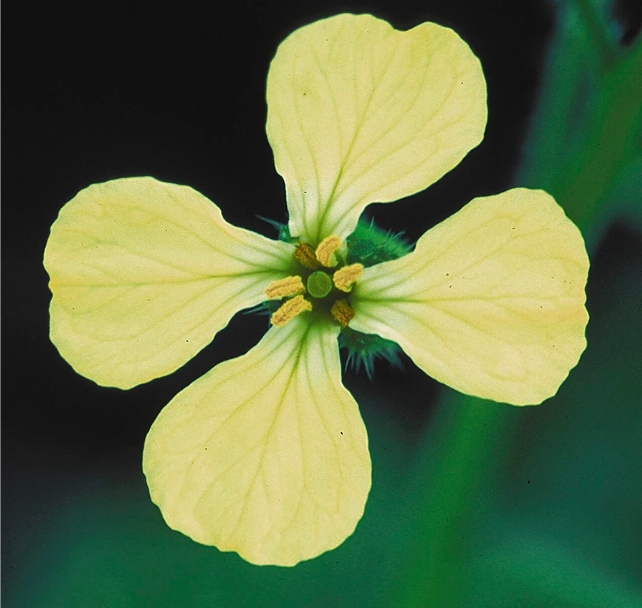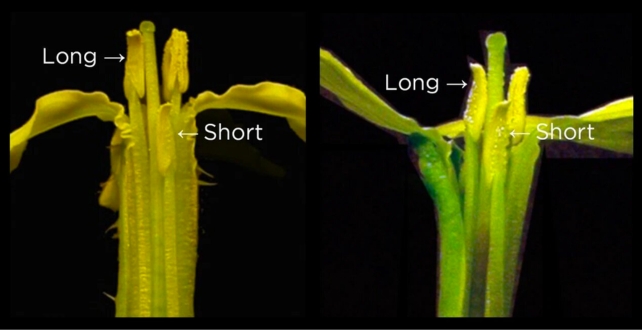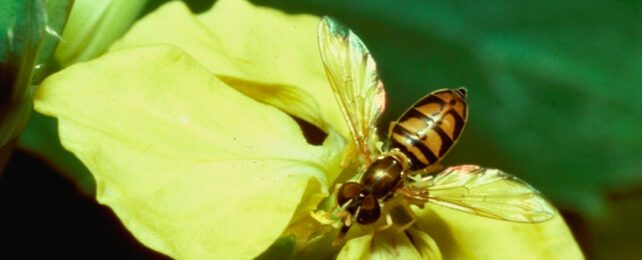When you hear the term natural selection, you likely think of change, but new research suggests the mechanism can also preserve similarities between populations.
Biologists have a pretty solid grasp on the basic process of evolution. Genetic diversity in a population is the result of mutation, some of which create traits that help individuals thrive better in the present environment. Those traits have a good shot at being passed on, while characteristics that aren't so useful tend not to be represented in future generations. This is natural selection.
Evolutionary biologists most often study variation within and between populations and species, but there's more to life than what makes us all different.
"We always talk about the vast diversity of life and we should. It's incredible," says evolutionary biologist Jeff Conner from Michigan State University, lead author of the new study.
"Natural selection has given us a lot of that diversity, probably most of it. But natural selection can also cause similarities."
Conner and colleagues from the US and China worked with wild radish (Raphanus raphanistrum). Where once its pollen-producing organs were all the same length, today they have two short and four long stamens.
Unexpectedly, previous research has suggested selection maintains this length difference, known as 'anther separation', despite the fact we don't know why.

Additive genetic variation – where several genes contribute to a trait – is required for traits to evolve. In what's known as constraint, a lack of this variance tends to impede evolution even if it's favorable to evolve.
Constraint is based on the idea that as species change over time, they can lose genetic flexibility in some ways, causing certain traits to stabilize across generations.
Where natural selection is considered to be the engine of change, constraint is the brakes.
"Our work flips the script on that a little bit," Conner says. "We're suggesting that selection can also slow things down, that it can cause similarities as well as differences."
The team wanted to see if constraint could be preventing the anther separation from evolving in the previous study. They used artificial selection to breed wild radishes to restore their appearance to their more primitive state, which consisted of a smaller gap between stamens.
"If a trait responds to artificial selection, it clearly can evolve," the authors explain in their paper.
"But if the trait does not respond, there is a constraint caused by a lack of genetic variation."
The study involved six generations, with 3,437 wild radish plants grown and measured. Through artificial selection the researchers were able to reduce the difference in the lengths of the stamen by more than 30 percent.

This change shows today's wild radish, and probably its relatives, still have the genetic variation they need to evolve, making it unlikely they are being constrained.
Instead, natural selection appears to be maintaining a difference in their stamen lengths.
"This family of plants has maintained this four-long, two-short trait over 50 million years and we can get rid of a third of the difference in five generations, which would be five years," Conner says. "My guess is if we kept going, we would get back to six stamens of equal length."
The scientists have designed experiments to investigate whether or not the stamens' varying lengths confer any benefit to R. raphanistrum when it comes to the way pollinators interact with the plant.
"Natural selection is very important," says Conner. "A lot of things people have thought selection couldn't do, we're learning selection can do."
The research has been published in New Phytologist.
